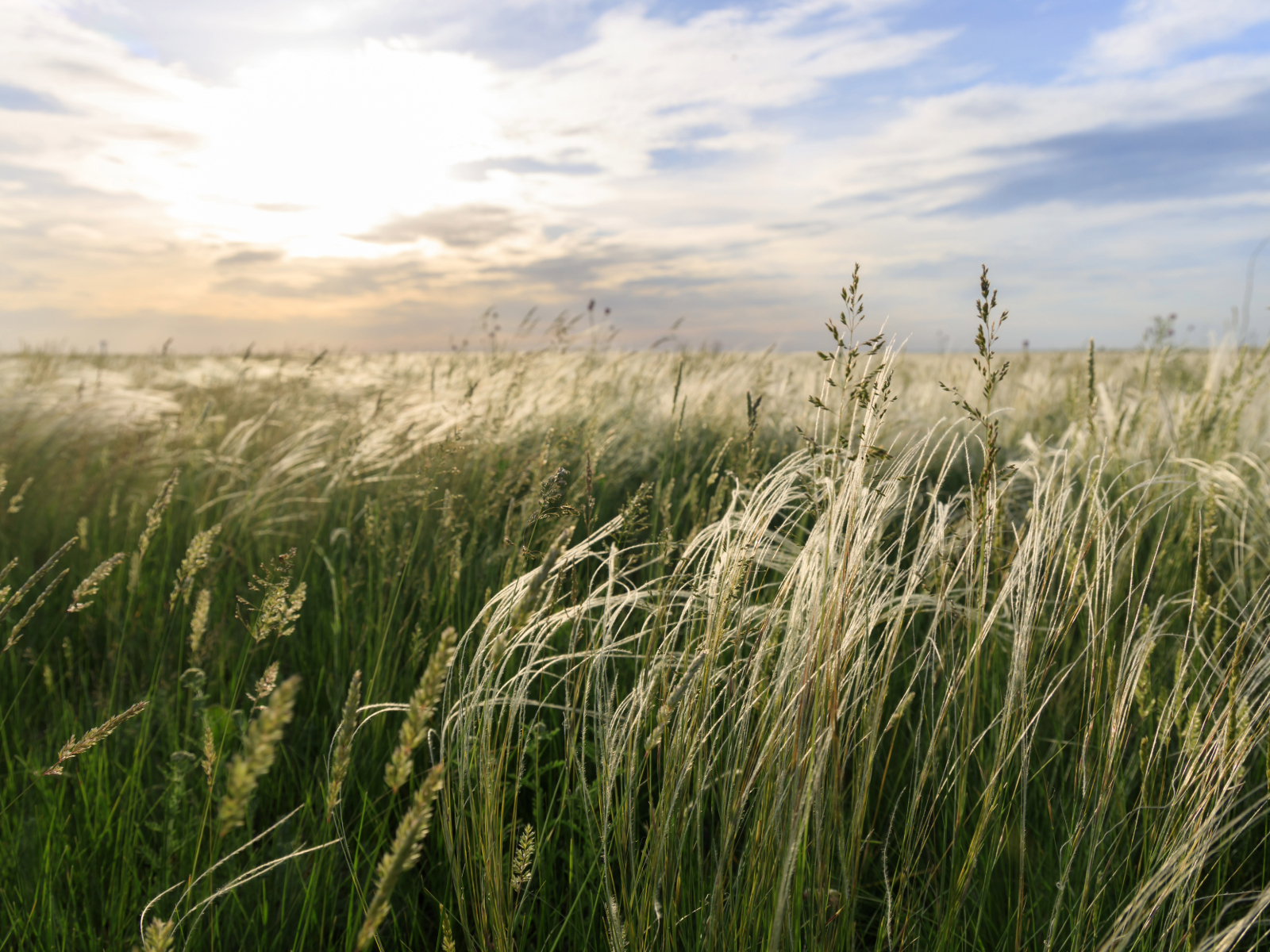It’s not surprising information to hear that Britain’s insect population is on the decline. In the UK, studies have found that 76% of Butterfly species are declining in population, invertebrate populations have fallen by 45% over 35 years and that beetle, bee and wasp numbers have dropped by 60%.
So what is causing this steep decline in our insect populations? Many studies suggest that it could be increased pesticide use, the higher concentration of air pollution, climate change and habitat destruction.
When we consider how delicate our environment and eco systems are, we should be concerned when our primary pollinators are in decline. Less pollinators and insects in the area can be a danger to local animals and plant life as pollination, habitat and food sources begin to decline.
However, some local council are beginning an interesting campaign to tackle one of the ‘easiest’ causes to mitigate, habitat destruction.
Wildlife and nature preserves are not a new idea; they have been around for years and are a great method of providing a ‘safe haven’ for nature whilst also providing a place to educate the public as to its importance.
However, local councils are taking the idea of the nature reserve to another level by allowing areas of parks and roadsides to become ‘over grown’ with wild grasses and in some areas even re-introducing species of grass to rebuild the previously destroyed habitat.
These specially built up ‘habitats’ are left ‘neglected’ to help increase the natural numbers of UK’s pollinator species and in turn begin to increase the health of our surrounding wildlife and nature.
The idea is to provide areas of nature that are much closer to how the habitat would have looked, if humans never developed on it.
One of the major contributors to the decline in nature habitats is the destruction and development of the UK’s greenbelt land. In 2016 alone, over 250,000 homes were expected to be built on the UK’s greenbelt land – areas designated as ‘undeveloped, wild or agriculture land’ that surrounds urban areas.
As we develop this land more and more, we destroy environments for local wildlife species that rely on it for food, shelter and reproduction. When these populations decline, agriculture in the area suffers and has a knock on effect on the farming of produce and the costs are transferred to the customer.
